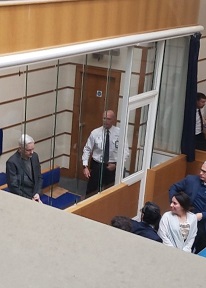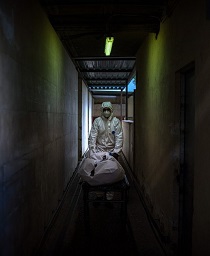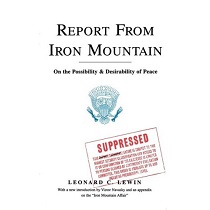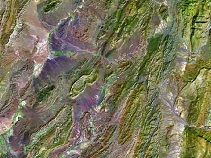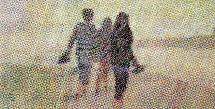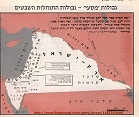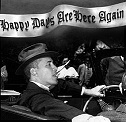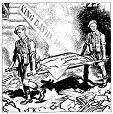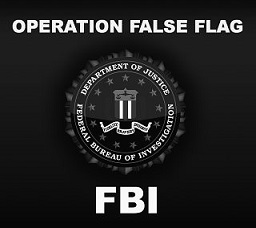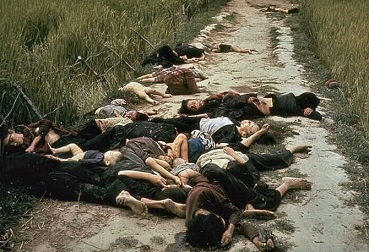Anatomy of a False Flag
False flags are an American tradition. They go way back. The Boston bombings appear the latest. - Notable earlier false flags or incidents approximating them include:
■ In 1845, America lawlessly annexed Texas. It was Mexican territory. President James Polk deployed US troops. A future president led them. General Zachary Taylor paraded them along the disputed border. In May 1846, Polk told cabinet officials that if Mexican forces retaliated, he'd ask Congress to declare war. He wanted it whether or not Mexico attacked. After an incident occurred, Polk told Congress: "Mexico has passed the boundary of the US and shed American blood on American soil." The Mexican War followed. Half of Mexico was annexed. Included were California, Utah, Nevada, as well as parts of New Mexico, Arizona, Wyoming and Colorado. The Rio Grande became the Texas-Mexico border.
■ In 1898, Cubans neared freeing themselves from Spanish colonial rule. US President William McKinley promised to respect its sovereignty. In January 1898, the USS Maine entered Havana harbor. Allegedly it was to protect US Consul Fitzhugh Lee and other American citizens. On February 15, a huge explosion sank the Maine. Doing so killed 266 crew members. The Spanish-American war followed. At the time, publisher William Randolph Hearst hyped the big lie. He claimed Spain sunk the Maine. An internal coal bunker explosion caused it. Notably Hearst told his Havana illustrator: "You furnish the pictures, and I'll furnish the war." Big lies launch them. Doing so enlists public support. America became Cuba's colonial power. The Philippines, Guam, Samoa, Hawaii, Haiti, the Dominican Republic, Canal Zone, Puerto Rico and other territories were annexed.

